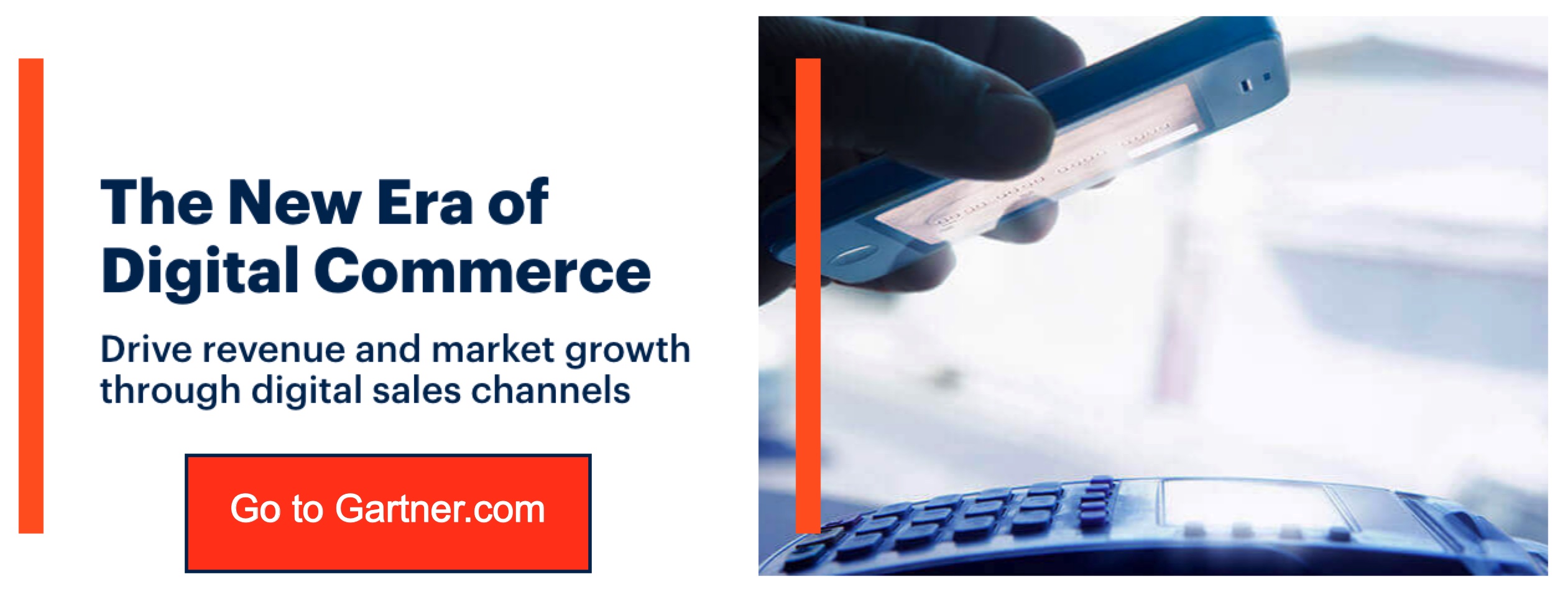Ecommerce Business Shopping Ad: Pay For Less. Improve your e-commerce conversion by enhancing Google Shopping Ad’s web experience
Find how you can improve your e-commerce conversion by enhancing Google Shopping Ad’s web experience and adjusting your landing pages.
Do you run the eCommerce store’s Google Advertising campaigns?
In Shopping Ads, online stores spend 76% of the paying search budget. Studies have however shown that about half of the budget is lost.
Eliminating ad spending excess in your Google Shopping campaigns might be an easy improvement.
The global climate for trade
McKinsey notes that “Consumers are increasingly expecting long-term effects on routines and finances. Further, most report reducing income as the COVID-19 crisis continues.”
WordStream found conversion rates plummeted by an average of 21% as of April 2020.
As a result, 69% of brands expect their ad investment this year to fall.
Two forms of eCommerce advertisers are currently available.
Those that are contemplating spending cuts. Many want to grow their products in this turbulent period and profit from lower CPMs.
Both types of marketers can use the strategies in this presentation.
Where to improve
So where are you first optimizing? The largest item in your paid search budget has the greatest chance of improvement. Pay search is an important part of the budget for e-commerce brands.
Marketing Sherpa found in 2016 that electronic commerce marks spend 29-57% of their search funds. As of 2018, Adthena reports that 76.4% of retail search ads are used in Google Shopping ads.
It makes sense to optimize your Google Shopping Ads, as it is part of the paid search budget. Let’s see, therefore, how this campaign is based on customer experience. Users who click on a shopping ad usually go to a product detail or a single-product landing page.
Chances of bouncing
According to the Monetate Ecommerce Q1 2018 report, visitors who land on the search pages of a single product have a greater chance of bouncing than those that land at other types of landing pages.
The lack of search experience on individual product pages explains its low conversion rate.
In order to find the right product, visitors need to go from the search results to single product pages.
You can almost double the conversion rate of the single product landing pages to other types if you can get the right type of landing pages.
The answer?
Enjoy your shoppers and increase conversions with landing pages for multiple products.
Not only is it good for your end, but it’s good for the shoppers as well.
What are the landing pages for multiple products?
A multi-product landing page lists several products that match a shopper’s search on one page (rather than just one product).
For shoppers and many websites, including Amazon, this is a better experience.
Indeed, Amazon depends on search pages for multi-product landings. When shoppers look for a search engine for goods when they want to go shopping, they first turn to Amazon. The superior search experience of Amazon gave it the lead over Google in the United States.
For online shoppers, the two platforms are essential since 73 percent of American consumers begin to buy on Amazon or another search engine. As we optimize our shoppers for Google, we must take into account the differences between single product pages and multi-product pages in our conversion rate per landing page type.



